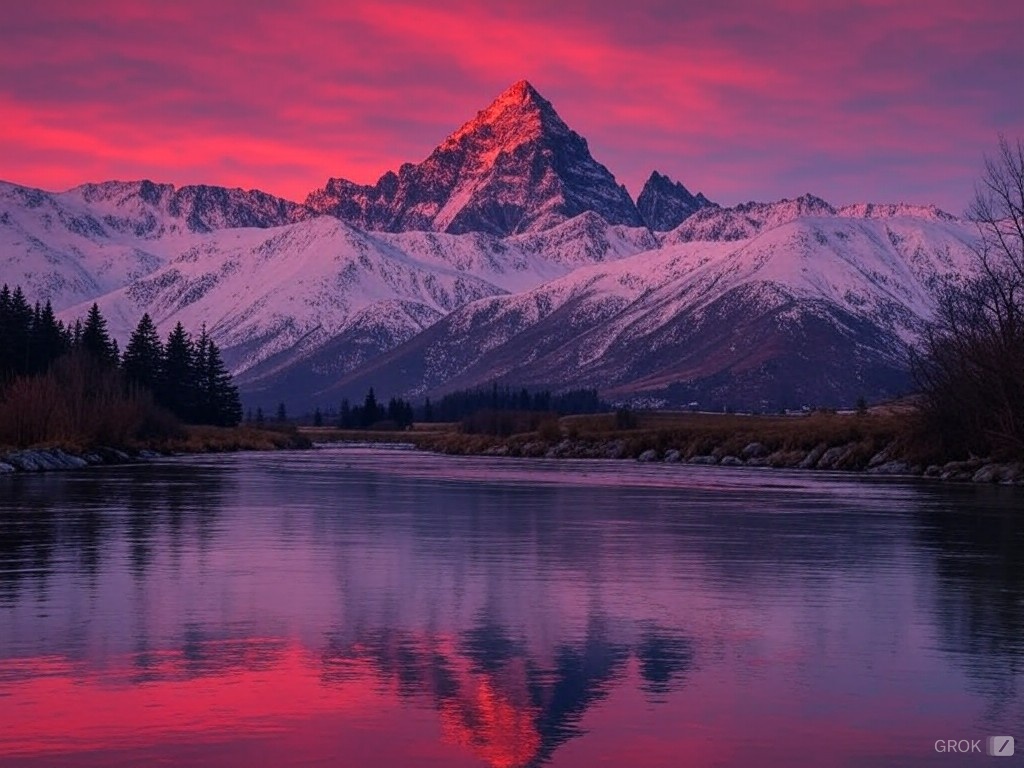Have you ever lost yourself in a video game? I’m talking about those times when the world outside the monitor seems to vanish, and you’re completely immersed in the realm on the screen. We often credit the story or the graphics, but let me let you in on a little secret—it’s the level design that often ensnares your senses. As a level designer, specifically someone who tinkers around with Unreal Engine, I’ve had my fair share of ups and downs—and, oh boy, are there stories to tell.
Contents
The Art and Science of Unreal Engine Level Design
First things first; what’s the big deal with Unreal Engine? When you dive into level designing in Unreal Engine, you’re wielding one of the most powerful game development tools out there. But with great power comes great responsibility, right? Creating levels in Unreal Engine is like sculpting landscapes, except your clay can fight back. It’s thrilling, but also a bit daunting when you first get started.
Oh, and before we go further, let me confess—I’ve spent countless hours tweaking lighting alone, making sure shadows fall just right to create that eerie, suspense-filled corner or a warm, sunlit patch that feels like a safe haven. It’s meticulous, sometimes maddening, but always magical when everything comes together.
Why Unreal Engine Shines in Level Design
What makes Unreal Engine stand out is its robust set of tools tailored specifically for creating detailed, interactive environments. It’s not just about planting trees and plotting pathways. No, it’s about breathing life into every nook and cranny. For instance, the Material Editor in UE can be a game-changer—literally. It allows creators like us to get down and dirty with the textures, altering the very fabric of the surfaces players will explore.
Let’s talk about lighting—yes, again, because honestly, lighting is to level design what seasoning is to cooking. Too little, and the world feels flat. Too much, and it washes out the details. Finding that balance is an art form. With Unreal Engine’s dynamic lighting capabilities, one can orchestrate the perfect ambiance, affecting the mood and even player behavior.
Challenges Galore
It’s not all smooth sailing, though. Every so often, you hit a wall—figuratively speaking. Designing levels that are not only beautiful but also functional and fun presents its own set of challenges. Player navigation is a tricky beast. Ever been in a game where you just couldn’t figure out where to go next? That’s a level designer’s nightmare. It’s a delicate dance between guiding the player and not holding their hand too much.
And then there’s optimization. Oh, the horror stories I could tell you about frames dropping faster than a rocket-powered roller coaster! Creating visually stunning levels is great, but not at the cost of performance. Balancing these aspects is one of the less glamorous, yet crucial parts of the job.
A Day in the Life
A typical day? Well, it’s a mix of creativity and technical wizardry. One minute you’re lost in artistic contemplation over the aesthetics of a dilapidated spaceship, and the next, you’re neck-deep in coding, ensuring that spaceship doesn’t cause the game to crash.
If you’re like me, sometimes questioning your entire career choice as you undo an entire day’s work for the tenth time because something just doesn’t ‘feel right’, then welcome to the club! But then, when you see players react to your levels, exploring every corner, marveling at the hidden depths, it’s all worth it. It really is.
So to anyone diving into Unreal Engine level design—or any game development, for that matter—brace yourselves. It’s a wild ride, but a rewarding one. And if you ever feel stuck, or need an extra pair of hands or eyes on your project, don’t hesitate to reach out. Seriously, drop me a note at [email protected]. Let’s create something extraordinary together!
